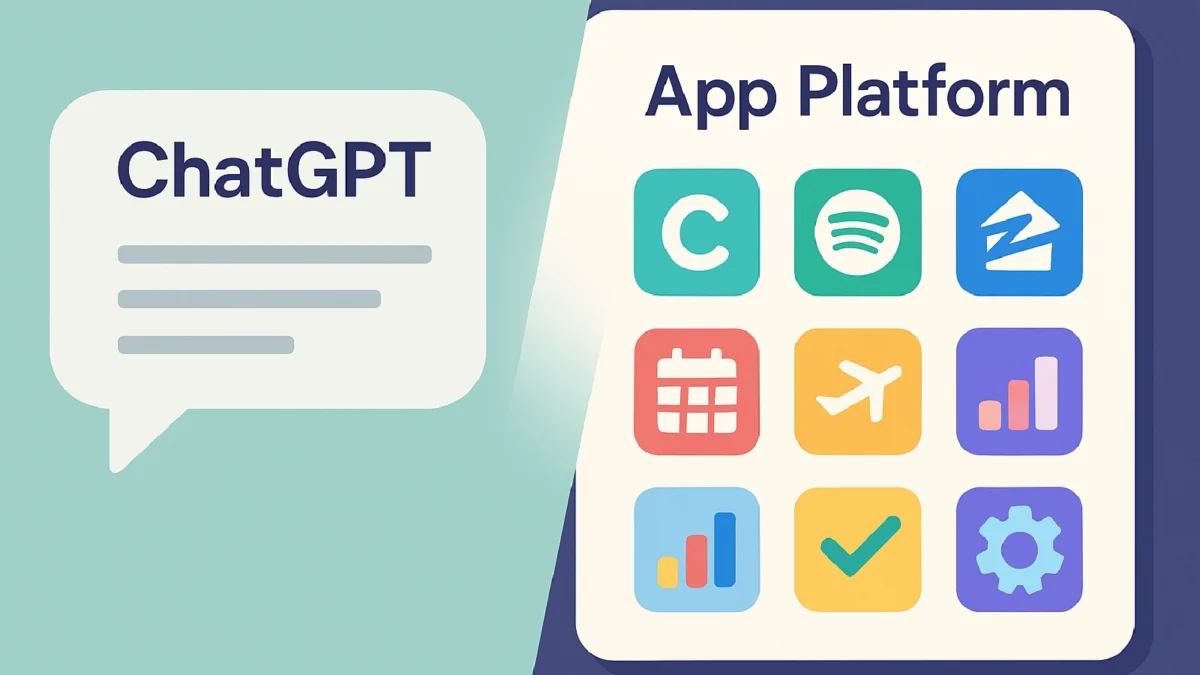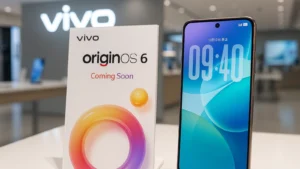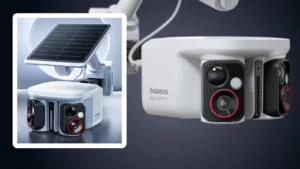OpenAI just made headlines again — this time by turning ChatGPT into what it calls an “app platform.” According to The Verge, big names like Spotify, Canva, and Zillow were among the first to debut ChatGPT apps, signaling a major shift in how users interact with AI tools.
But here’s the question buzzing around the tech world:
👉 Are these really apps… or just clever integrations wearing a new name?
What’s Actually New Here
When OpenAI first launched plugins in ChatGPT, they acted as tiny bridges — connecting the chatbot to external APIs to fetch real-time data or trigger actions. Now, OpenAI says it’s launching an Apps SDK and visual builder that lets anyone create and share their own ChatGPT apps directly within chat, as detailed in OpenAI’s official announcement.
At first glance, this feels revolutionary. But technically, it’s more of a presentation change than a new capability. The apps are still powered by structured API calls — they’re just surfaced more elegantly inside the chat interface.
Under the Hood: How ChatGPT Apps Actually Work
Here’s what’s really going on behind the scenes:
- Each app communicates with GPT using structured data — schemas, JSON, and cleanly defined endpoints.
- The interface lives entirely inside chat, not as a separate window or executable.
- Most apps rely on external APIs to process requests rather than running independent code.
So when you “use” Canva or Expedia inside ChatGPT, you’re not launching software — you’re prompting GPT to fetch and format data from an external service. In other words, developers aren’t building standalone software; they’re embedding workflows inside conversations.
Why “App” Might Be the Wrong Word
Let’s be honest — calling these “apps” stretches the traditional definition.
On platforms like iOS or Android, apps have their own runtime, persistent storage, and UI control. ChatGPT apps don’t. They exist inside OpenAI’s environment, with limited customization and no direct control over visual design.
Developers on Reddit have joked that it’s “more like a supercharged plugin than a real app.” They’re not wrong. As TechCrunch noted, this is less about software architecture and more about how AI-powered experiences are presented to users.
Why the Distinction Still Matters
Words matter — especially in tech.
For developers, this setup means limited monetization and autonomy. Every app lives and runs inside OpenAI’s ecosystem.
For users, it’s seamless: no installs, no switching tabs, no setup. But it also means less flexibility and control.
And for the industry, the term “app” itself shapes perception. By using the language of software, OpenAI is redefining expectations — an intentional move that, as Business Insider pointed out, positions ChatGPT as a new kind of “app store” built on conversation, not clicks.
The Counterpoint: Maybe “App” Isn’t So Wrong After All
To most users, though, this distinction doesn’t matter. ChatGPT’s new apps feel like apps — you can browse, install, and use them instantly. There’s discoverability, onboarding, and a native-like flow that mimics mobile ecosystems.
And in fairness, OpenAI isn’t alone in blurring these lines. The rise of AI-first platforms like Anthropic’s Claude projects shows that “app-like” conversational experiences are becoming a broader trend across the AI landscape.
The Semantics of Innovation
At its core, ChatGPT’s “apps” aren’t a reinvention of software — they’re a reinvention of how we use it.
They blur the boundary between talking and doing, between launching an app and simply asking for help.
So maybe the word “app” isn’t wrong — maybe it’s evolving.
Because in this next wave of computing, the most powerful software isn’t something you open…
💬 It’s something you ask.
Last Updated on October 18, 2025 by Lucy




